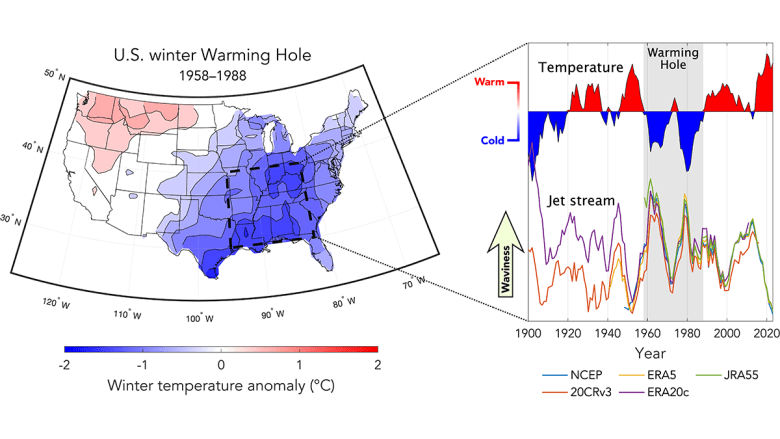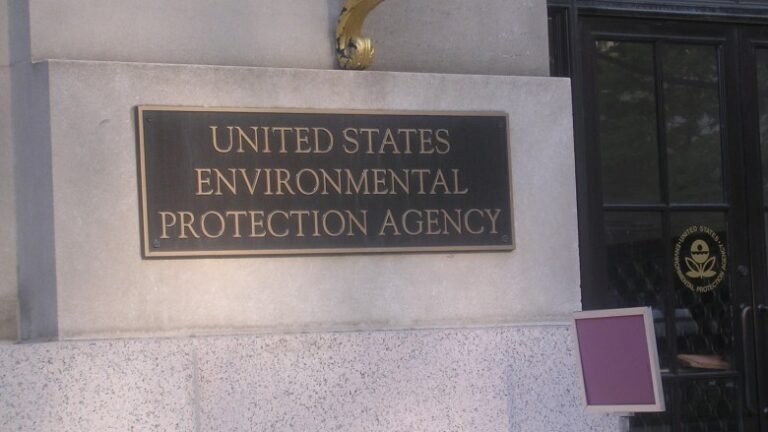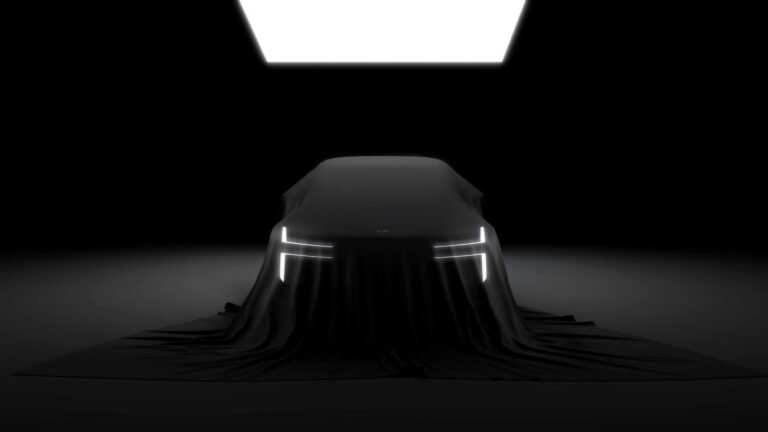

Editors’ Highlights are summaries of recent papers by AGU’s journal editors.
Source: AGU Advances
Waves in the polar jet stream over eastern North America are often responsible for cold air outbreaks and extreme winter storms. A 1990-2010 increase in jet stream waviness has, controversially, been linked to unusually rapid warming in the Arctic and has been thought to foreshadow a rise in extreme weather as climate change progresses. However, the United States “warming hole” —an enigmatic 1958-1988 cooling trend centered over the eastern U.S.— has also been linked to an increase in jet stream waviness several decades before the 1990s shift in waviness. This timing difference raises questions about whether the jet stream behavior since the 1990s is historically unusual.
Chalif et al. [2025] leverage information from long-term climate reconstructions and find that the jet stream was wavier than it is today during many periods of the 20th century and was the dominant factor driving the winter warming hole. The results highlight the strong relationship between jet stream waviness and eastern U.S. climate, and question whether accelerated Arctic warming is responsible for recent jet stream waviness.
Citation: Chalif, J. I., Osterberg, E. C., & Partridge, T. F. (2025). A wavier polar jet stream contributed to the mid-20th century winter warming hole in the United States. AGU Advances, 6, e2024AV001399. https://doi.org/10.1029/2024AV001399
—Alberto Montanari, Editor-in-Chief, AGU Advances
Text © 2025. The authors. CC BY-NC-ND 3.0
Except where otherwise noted, images are subject to copyright. Any reuse without express permission from the copyright owner is prohibited.




